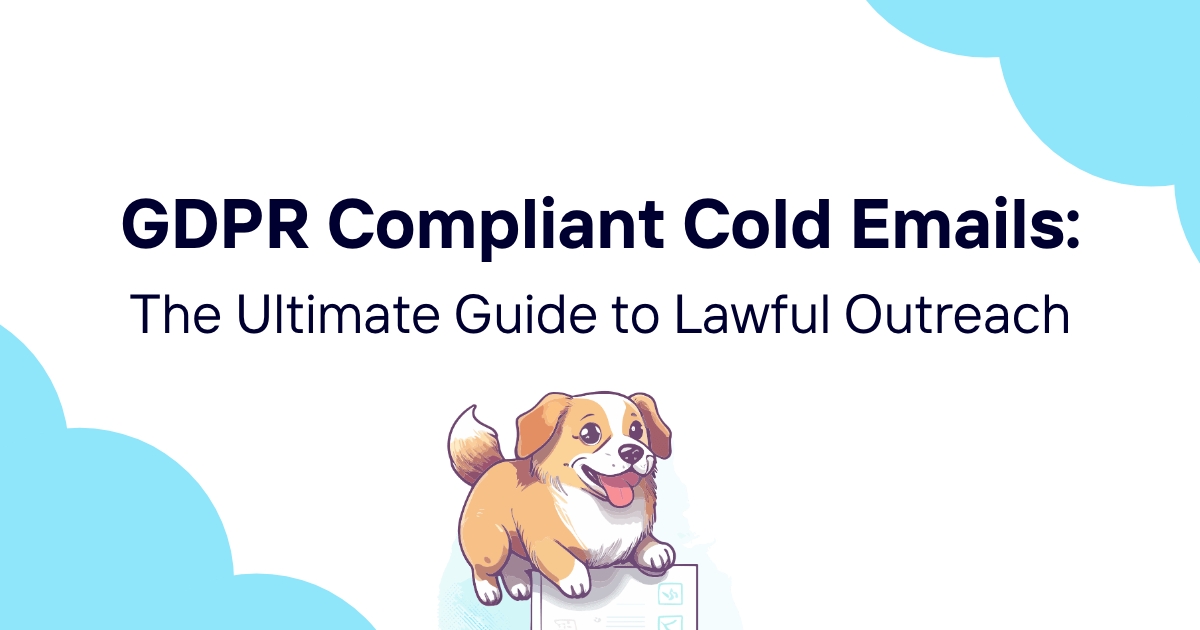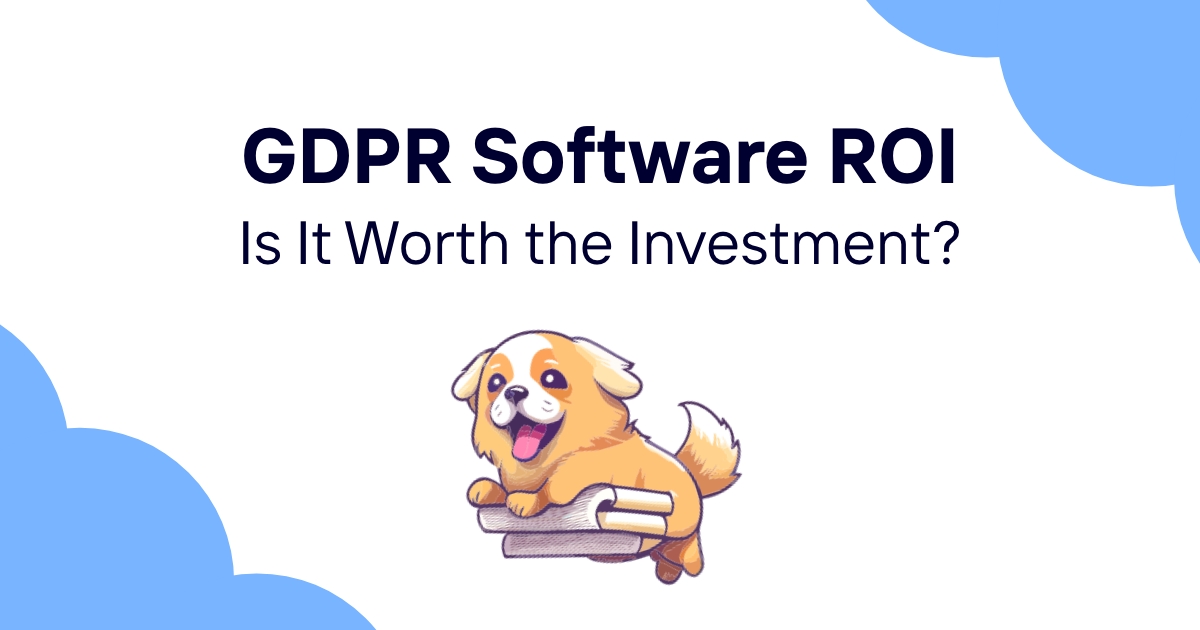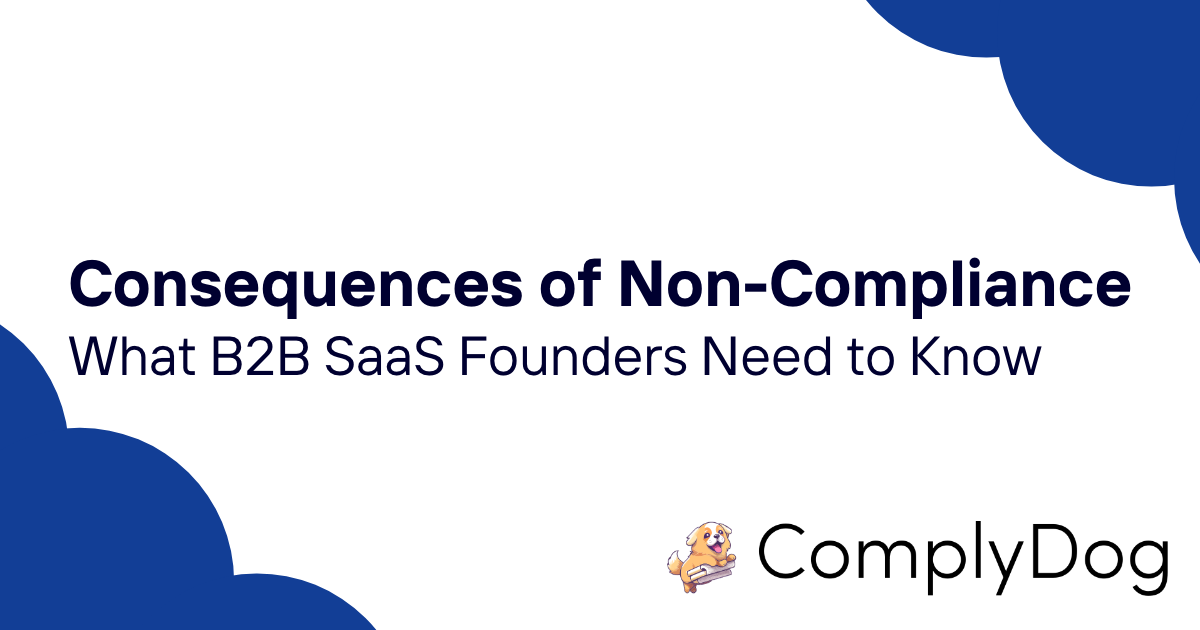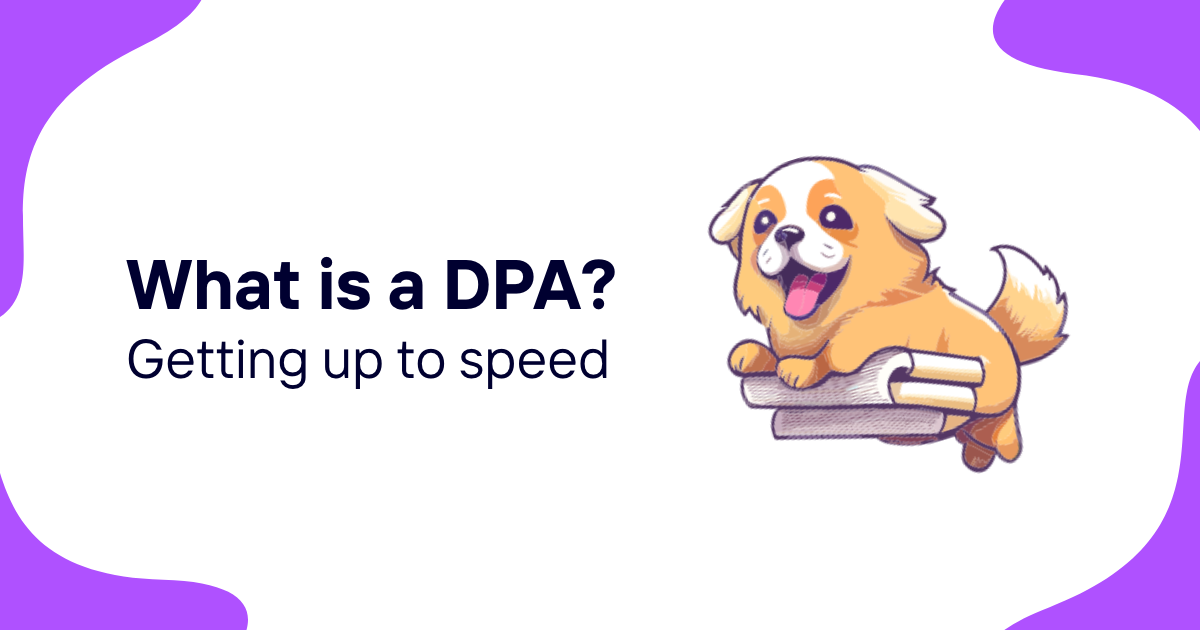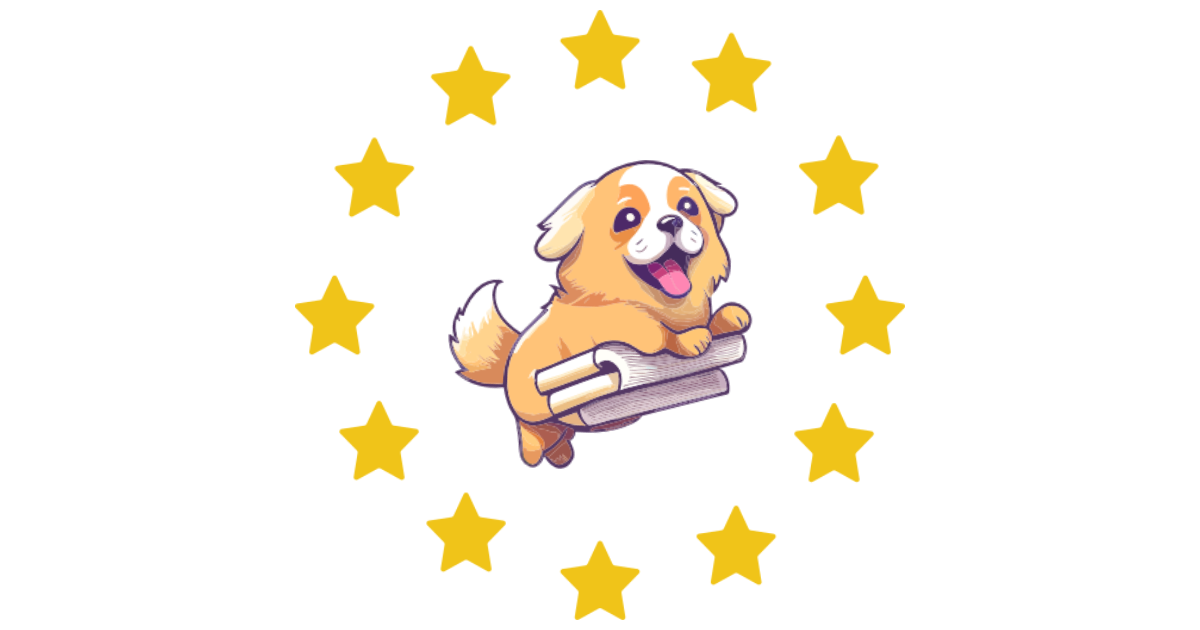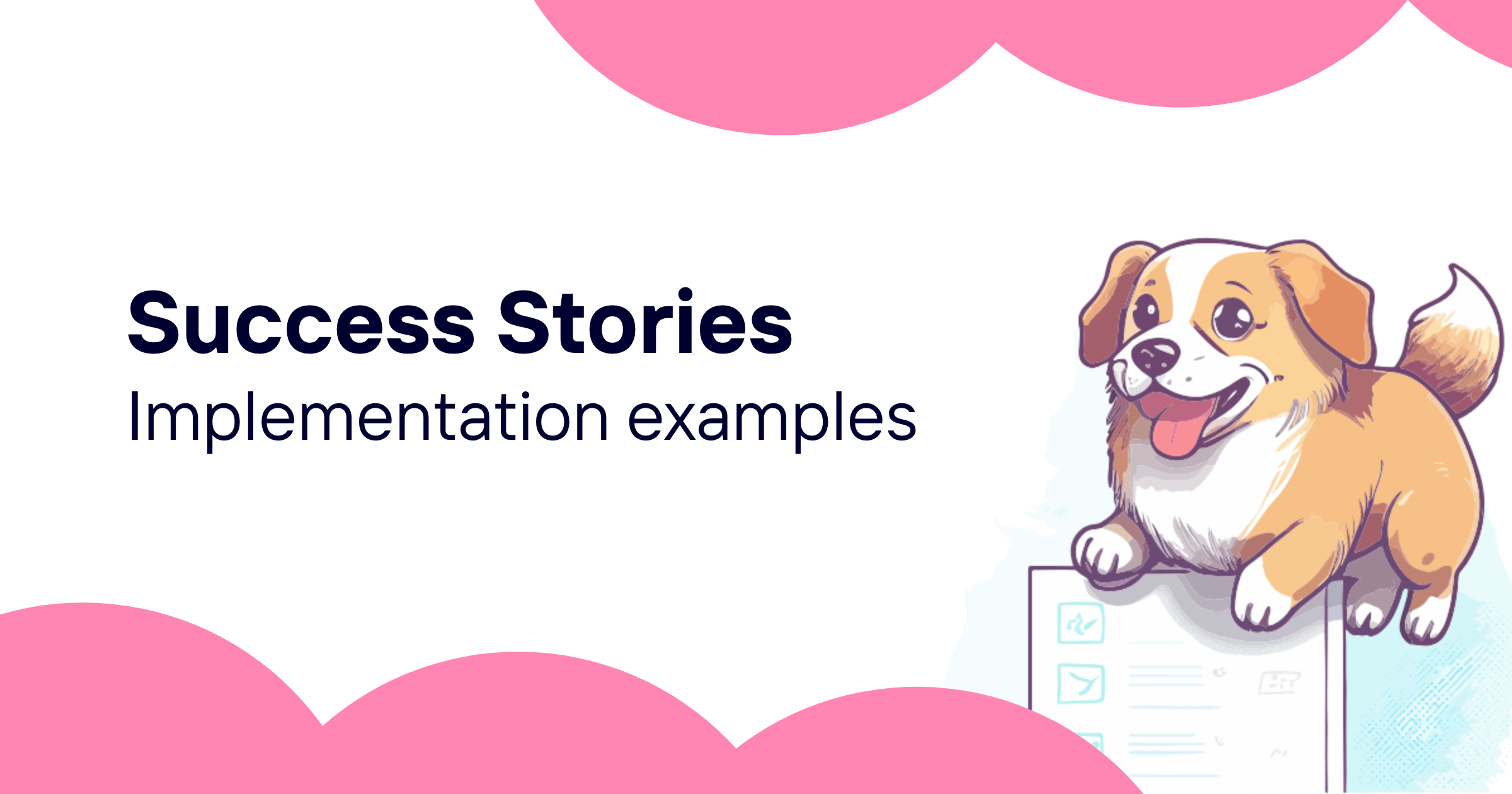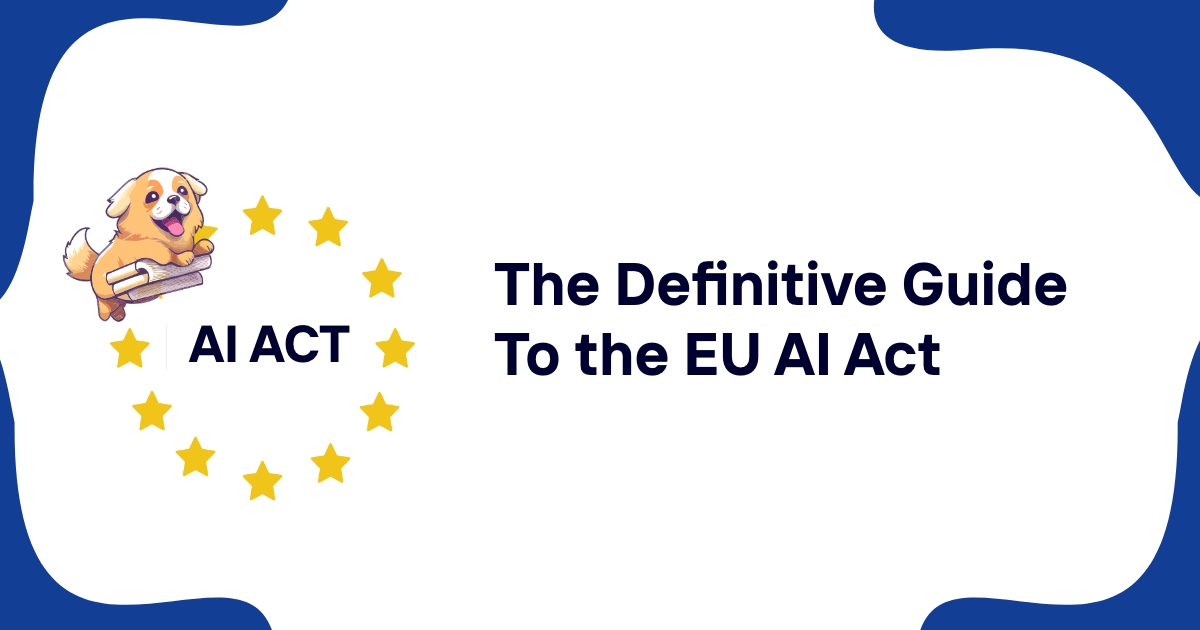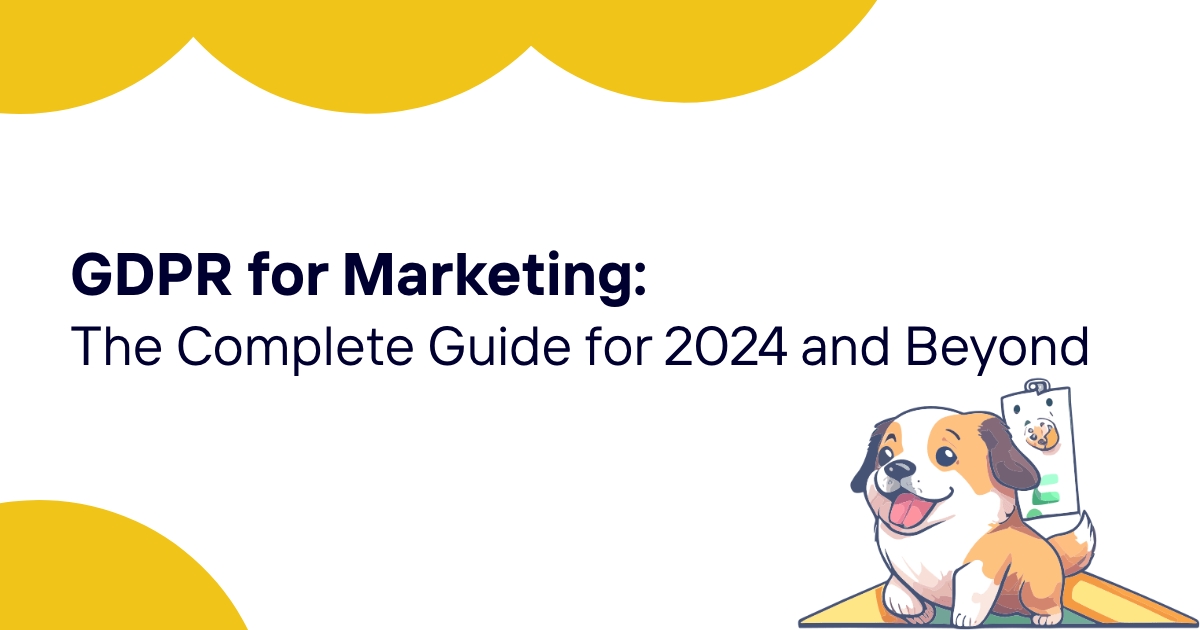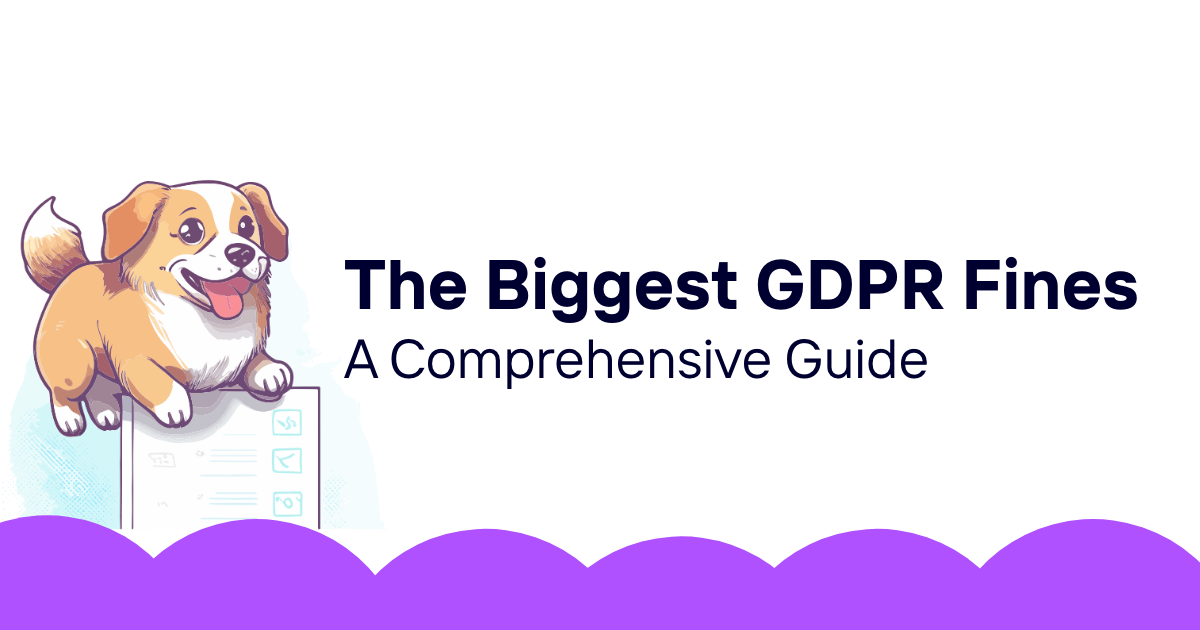Cold emailing remains a powerful tool for businesses to reach potential customers, but the introduction of the General Data Protection Regulation (GDPR) has significantly changed the landscape. This comprehensive guide will walk you through the intricacies of sending GDPR compliant cold emails, ensuring your outreach efforts are both effective and lawful.
Table of Contents
- Understanding GDPR and Cold Emailing
- Legal Basis for Cold Emailing Under GDPR
- Building a GDPR Compliant Cold Email List
- Crafting GDPR Compliant Cold Emails
- Best Practices for GDPR Compliant Cold Email Campaigns
- Common Pitfalls to Avoid
- Handling Responses and Data Management
- Tools and Resources for GDPR Compliant Cold Emailing
- Frequently Asked Questions
1. Understanding GDPR and Cold Emailing
The General Data Protection Regulation (GDPR) is a comprehensive data protection law that applies to all organizations processing the personal data of individuals in the European Union (EU), regardless of the company's location. This regulation has significant implications for cold emailing practices.
Cold emailing involves sending unsolicited emails to potential customers or business partners. Under GDPR, these emails must comply with strict data protection rules, as they involve processing personal data (email addresses) of individuals.
It's crucial to understand that GDPR doesn't outright ban cold emailing. Instead, it sets guidelines for how personal data should be collected, processed, and protected in these outreach efforts. The key is to ensure your cold emailing practices align with GDPR principles of transparency, data minimization, and respect for individual rights.
2. Legal Basis for Cold Emailing Under GDPR
To send GDPR compliant cold emails, you must have a valid legal basis for processing the recipient's personal data. The two most relevant legal bases for cold emailing are:
Legitimate Interests
This is often the most appropriate legal basis for B2B cold emailing. To rely on legitimate interests, you must:
- Identify a legitimate interest (e.g., growing your business through direct marketing)
- Show that the processing is necessary to achieve it
- Balance it against the individual's interests, rights, and freedoms
To determine if legitimate interests apply, conduct a Legitimate Interests Assessment (LIA):
- Purpose Test: Clearly define your purpose for sending the cold email
- Necessity Test: Demonstrate why email is necessary to achieve this purpose
- Balancing Test: Weigh your interests against the recipient's rights and expectations
Consent
While less common for cold emails, consent can be a valid legal basis if obtained properly. This means the consent must be:
- Freely given
- Specific
- Informed
- Unambiguous
For cold emailing, obtaining prior consent can be challenging. However, it might be appropriate in certain scenarios, such as when collecting email addresses through lead generation forms or at events.
3. Building a GDPR Compliant Cold Email List
Creating a compliant email list is crucial for GDPR compliance. Here are key steps to follow:
Sourcing Email Addresses
- Only collect email addresses from publicly available sources or with the individual's consent
- Avoid purchasing email lists, as these often violate GDPR principles
- If using information from company websites, stick to generic email addresses (e.g., info@company.com) where possible
Data Minimization
- Collect only the data you need for your cold emailing purpose
- Typically, this includes name, email address, and possibly job title
- Avoid collecting unnecessary personal information
Maintaining Accurate Records
- Regularly update your email list to ensure accuracy
- Remove inactive or bounced email addresses promptly
- Keep records of how and when you obtained each email address
Respecting Opt-Outs
- Implement a system to immediately honor opt-out requests
- Remove individuals from your list who have opted out or objected to processing
4. Crafting GDPR Compliant Cold Emails
When writing your cold emails, incorporate these GDPR compliance elements:
Clear Identification
- Clearly state who you are and which company you represent
- Provide your contact details, including a physical address
Transparency About Data Source
- Explain how you obtained the recipient's email address
- If using publicly available information, mention the specific source
Purpose of Contact
- Clearly state why you're contacting the recipient
- Ensure the content is relevant to the recipient's professional role
Right to Object
- Include an easy way for recipients to opt-out of future communications
- Provide clear instructions on how to exercise this right
Example GDPR Compliant Cold Email Structure:
Subject: [Relevant, Non-Misleading Subject Line]
Dear [Recipient's Name],
I'm [Your Name] from [Your Company]. I found your email address on [specific source, e.g., your company website].
I'm reaching out because [clear, relevant purpose related to recipient's role].
[Main body of your email - keep it concise and relevant]
If you're not interested in receiving further communications from us, please let me know, and I'll remove your details from our list immediately.
Best regards,
[Your Name]
[Your Company]
[Physical Address]
[Contact Information]
5. Best Practices for GDPR Compliant Cold Email Campaigns
To ensure ongoing compliance and effectiveness of your cold email campaigns:
Personalization
- Tailor each email to the recipient's specific role and potential needs
- Avoid generic, mass-email approaches
Timing and Frequency
- Limit the number of follow-up emails you send
- Space out your emails appropriately to avoid being perceived as spam
Content Quality
- Provide value in your emails, focusing on how you can help the recipient
- Avoid overly sales-focused language
Record Keeping
- Maintain detailed records of your email campaigns
- Document your compliance efforts, including LIAs and data processing activities
Regular Compliance Audits
- Periodically review your cold emailing practices for GDPR compliance
- Stay updated on any changes or new interpretations of GDPR
6. Common Pitfalls to Avoid
Steer clear of these common mistakes to maintain GDPR compliance:
- Purchasing email lists from third parties
- Sending emails to generic addresses without verifying the recipient
- Failing to honor opt-out requests promptly
- Using misleading subject lines or sender information
- Collecting more data than necessary for your purpose
- Neglecting to secure the personal data you collect
- Assuming B2B communications are exempt from GDPR (they're not)
7. Handling Responses and Data Management
Properly managing responses and data is crucial for ongoing GDPR compliance:
Responding to Inquiries
- Be prepared to respond to data subject access requests
- Have a process in place to provide individuals with information about their data
Managing Opt-Outs
- Implement a system to immediately process opt-out requests
- Ensure opt-outs are honored across all your marketing channels
Data Retention
- Establish clear data retention policies
- Only keep personal data for as long as necessary for your stated purpose
Data Security
- Implement appropriate technical and organizational measures to protect personal data
- Encrypt sensitive data and limit access to authorized personnel only
8. Tools and Resources for GDPR Compliant Cold Emailing
Leverage these tools and resources to support your GDPR compliant cold emailing efforts:
Email Marketing Platforms
- Choose platforms with built-in GDPR compliance features
- Look for tools that offer easy opt-out management and data tracking
CRM Systems
- Use CRM systems that help manage consent and track communication preferences
- Ensure your CRM allows for easy data deletion and export
Data Protection Impact Assessment (DPIA) Tools
- Consider using DPIA tools to assess the risks of your cold emailing activities
- These can help you document your compliance efforts
Compliance Management Software
- Invest in comprehensive GDPR compliance management tools
- These can help you track and manage various aspects of GDPR compliance across your organization
9. Frequently Asked Questions
Q: Can I use LinkedIn to find email addresses for cold emailing?
A: While LinkedIn can be a source of professional information, using data from personal profiles for cold emailing without consent may violate GDPR. Stick to publicly available business contact information.
Q: How long can I keep email addresses in my cold email list?
A: There's no fixed time limit, but you should only keep data as long as necessary for your stated purpose. Regularly review and clean your list, removing inactive contacts.
Q: Do I need explicit consent for B2B cold emails?
A: Not necessarily. B2B cold emails can often rely on legitimate interests as a legal basis, provided you conduct a proper LIA and follow GDPR principles.
Q: What should I do if someone asks how I got their email address?
A: Be transparent. Explain exactly how you obtained their email address and for what purpose you're using it. Offer to remove their information if they're not interested.
Q: Can I use tracking pixels in my cold emails?
A: Tracking pixels can be problematic under GDPR as they collect personal data without explicit consent. If you use them, you must clearly inform recipients and offer an opt-out option.
By following these guidelines and best practices, you can conduct cold email campaigns that are both GDPR compliant and effective. Remember, GDPR compliance is an ongoing process that requires regular review and adaptation of your practices. When in doubt, always err on the side of caution and consider seeking legal advice for complex situations.
